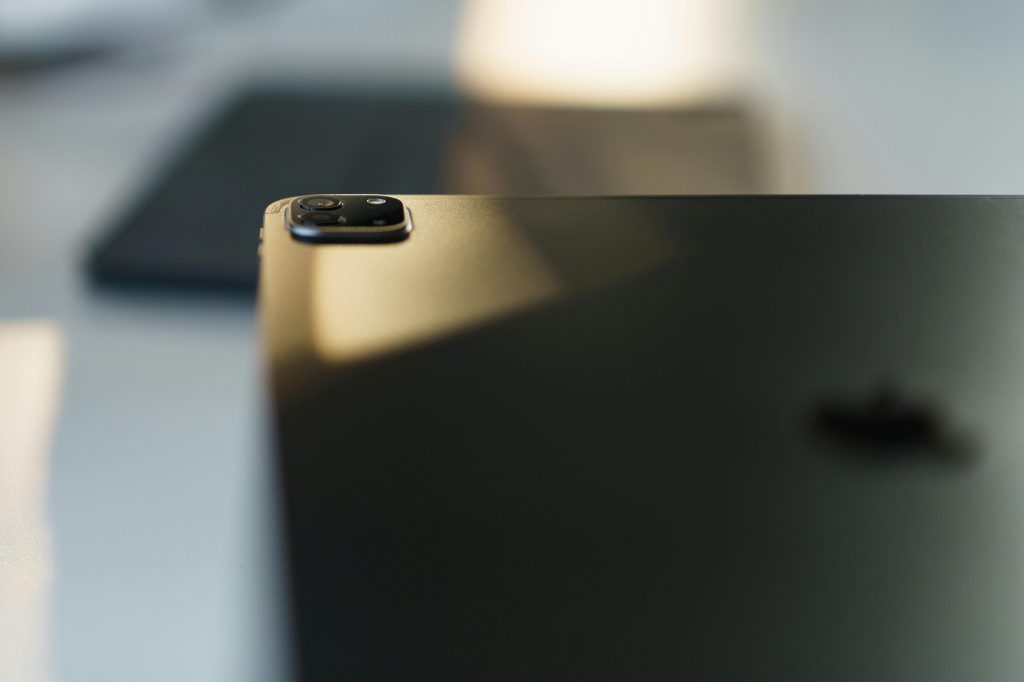Understanding Temporary System Files: Why Is My Phone Using 170 GB of Storage?
Have you ever noticed a significant increase in the storage consumed by temporary system files on your smartphone? Recently, a user reported a staggering 170 GB of such files on their Nothing Phone 1, with the amount growing from 132 GB to 172 GB seemingly overnight—without any unusual activity on their part. This might leave you wondering about the reasons behind this sudden surge and how to investigate it further.
Temporary system files are often generated by applications and the operating system during regular use. They serve various purposes, such as caching data for better performance or storing information that can be quickly accessed. However, excessive accumulation of these files can quickly eat into your device’s storage space, leading to performance issues and limited available memory.
If you’re facing a similar situation and want to determine which files are taking up so much space, here are some steps you can take:
-
Check Storage Settings: Navigate to the settings menu on your phone and select ‘Storage’. This section provides details about what’s consuming your device’s storage, allowing you to identify which categories, like apps, photos, and system files, are using the most space.
-
Use a File Manager: Install a file management app to gain a more granular view of your storage. These applications can help you navigate through your files and identify large temporary files or caches that might be using excessive storage.
-
Clear Cache Data: Apps often store cache data to improve performance; however, this can add up over time. Go to ‘Apps’ in your settings and select individual applications to clear their cached data.
-
Consider System Updates: Ensure that your device’s operating system is up to date. Sometimes, system updates can rectify issues related to storage and help manage temporary files better.
-
Factory Reset as a Last Resort: If you find that temporary files continue to occupy more space than they should, and other solutions have failed, consider backing up your data and performing a factory reset. This action can often resolve persistent storage issues but should be approached cautiously.
By taking the time to understand and manage temporary system files, you can free up significant storage space and optimize your device’s performance. Don’t let excessive files slow you down—explore your options and regain control of your smartphone’s memory!
Share this content:


